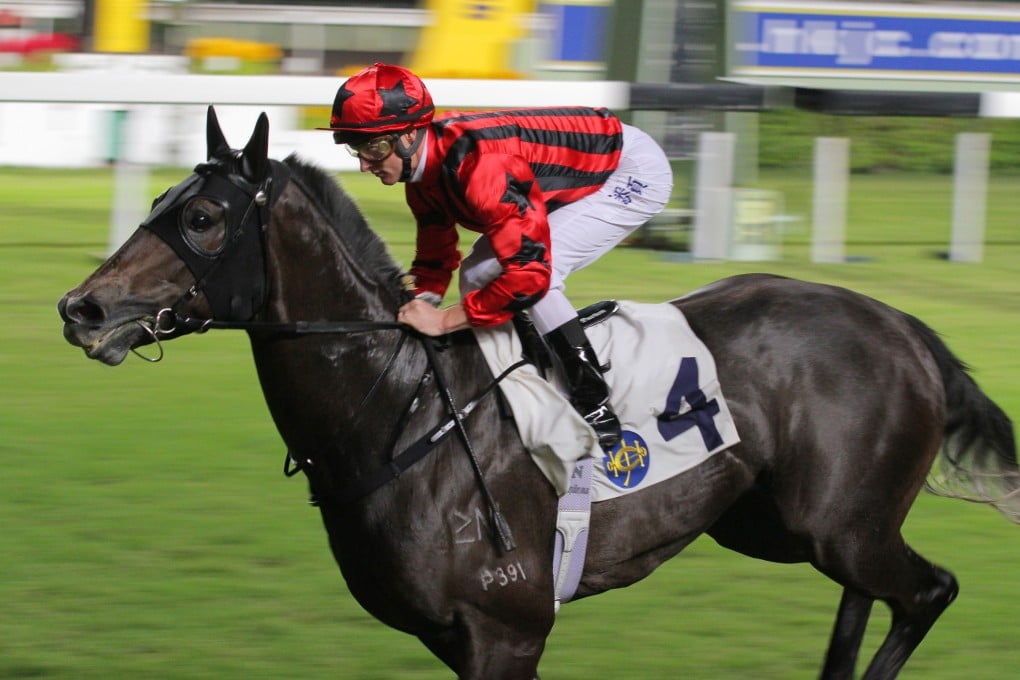Happy Lucky Dragon Win | Hong Kong turns pedigree analysis upside-down
The normal guidelines of horse breeding seem not to apply in HK's unique environment

A few weeks ago at the Happy Valley day meeting, an incredibly drunk but relatively coherent Irishman began an unprompted critique of the races that day. Amazingly, he offered some insight in the end: “This racetrack,” he warbled, “it’s something else, there’s nothing like it in Kildare. But what about the breeding of some of these horses? They are rubbish. Where’s all the Sadler’s Wells?”
Well, Sadler’s Wells retired to stud in 1984 – about when this bloke started drinking – but he made a point. Drunk Irishmen aren’t the only people baffled by the breeding of some Hong Kong winners. It’s a place that turns pedigree analysis upside down.
Sadler’s Wells was a breed shaper and he did manage a couple of successes in this part of the world – Daliapour won the 1996 Hong Kong Vase and River Dancer won a Group One, but both needed 2,000m or farther. Sadler’s Wells’ two most noteworthy sons at stud, High Chaparral and Galileo, have had limited impact here despite record-breaking deeds all over the world.
If there were a ‘Hong Kong racing stud farm’ – that is, sires that seem to thrive in the unique and demanding jurisdiction – which stallions would be there? It might not be the obvious choices, although a genuinely good stallion, as long as he has some speed in his make-up, seems to be fine. But there’s also an apparent randomness to what works and what doesn’t.
A sire that is most definitely in the ‘works’ category right now is Holy Roman Emperor, who produced his 31st Hong Kong winner when Divine Ten romped home on debut on Wednesday night at Sha Tin.
Holy Roman Emperor, whose speed-orientated progeny have taken a real liking to Happy Valley, stands for a modest 20,000 Euros (HK$212,000) at Coolmore in Ireland. His barn-mate Galileo’s pricetag is “by application” and he doesn’t even rate a mention here.
